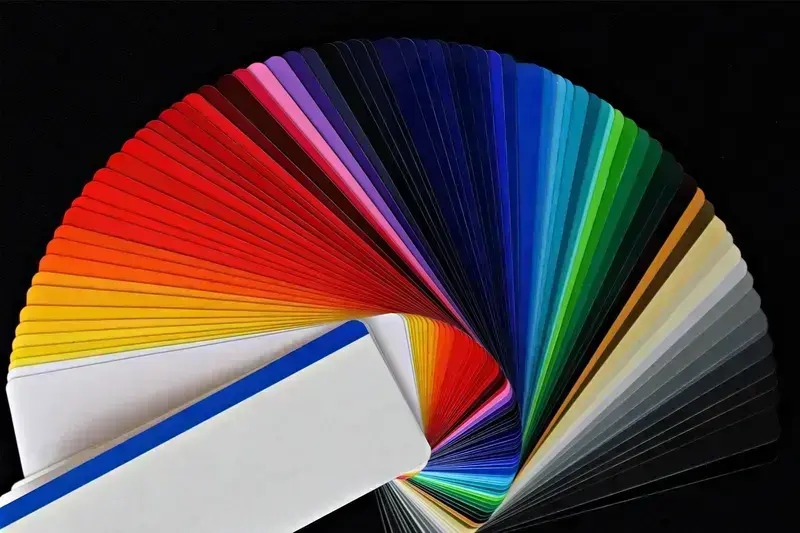Therefore, researchers claim that the color purple does not exist: it is created by brain When we see red and blue wavelengths of light at the same time, it can be confusing. eyes and the brain, since these colors are at opposite ends of the visible light spectrum. To compensate for this, the brain bends the spectrum into a circle, connecting blue and red to create purple.
Although this color is “real” in the sense that we see it, it arises from the brain’s attempt to resolve the confusion between two opposing wavelengths of light.
The well-known acronym ROYGBIV is used to describe colors. rainbows (visible light spectrum): red, orange, yellow, green, blue, indigo, and violet. Each of these colors is associated with a specific wavelength of light. Violet has the shortest wavelengths of light in the spectrum, the publication reported. Daily Mail .

In our eyes, there are specialized cells related to color perception called cones. There are three types: S cones for short wavelengths that detect blue and violet; M cones for medium wavelengths that detect green and yellow; and L cones for long wavelengths that detect red and orange.
Each type of cone responds to a specific part of the visible light spectrum. When light of a certain color enters the eye, the corresponding cones are activated. Then, specialized cells send signals through the optic nerve to the brain.
First, the thalamus, which processes sensory signals, receives signals and begins the process of determining what you are seeing. Then the signals are sent to the visual cortex, where the brain analyzes which cones have been activated and to what extent. In other words, the brain uses this information to determine the exact color.
If light falls between two colors, for example, between blue and green, it can activate both S- and M-cones. The brain compares how active each cone is to determine the final color.
This system allows us to see not only the primary colors but also their shades, such as blue-green or turquoise. In general, our eyes and brain can recognize over a million different colors.

One might think that the brain processes the color purple in a similar way. After all, isn’t it just a mixture of red and blue wavelengths?
However, according to researchers, red and blue are at opposite ends of the visible light spectrum. Therefore, they should not mix to create a new color, at least that’s what the human brain believes.
As a result, when S-cones (blue light) and L-cones (red light) are activated, it confuses our brain. To overcome this confusion, the brain actually distorts the spectrum of visible light into a circle so that red and blue colors can meet, resulting in purple .
Thus, our brain convinces us that we see a color that actually does not exist. Despite this somewhat sad fact, the color purple is important for human society. It symbolizes power, luxury, mystery, magic, fantasy, and much more.
So, if your favorite color is purple, thank your brain for creating it for you.
